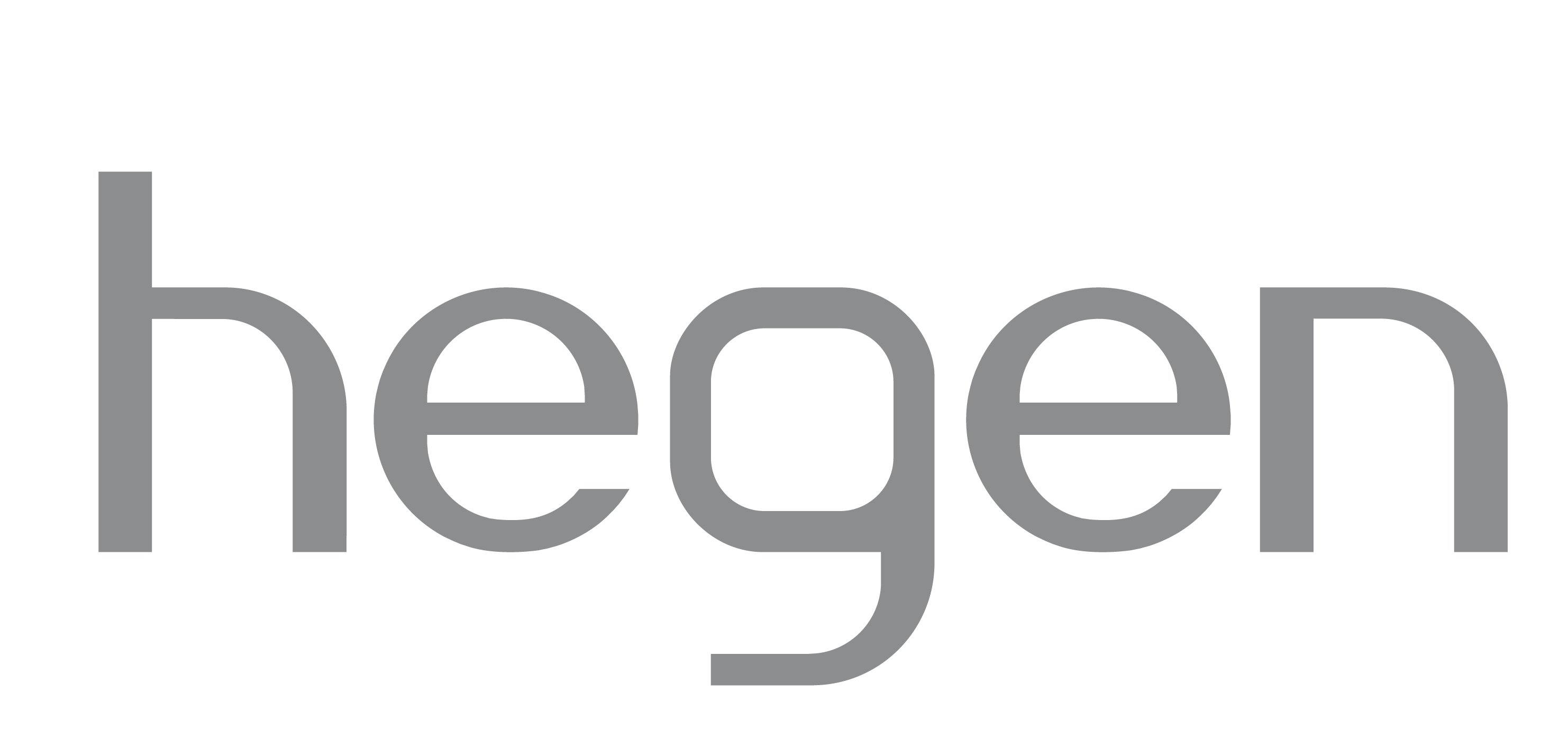Article: 3 Bottle-Feeding Challenges Every Parent Faces (and How to Fix Them)

3 Bottle-Feeding Challenges Every Parent Faces (and How to Fix Them)
Whether you’re breastfeeding, formula feeding, or doing a mix of both, you’ll probably use a bottle at some point.
But bottle feeding can come with its own set of challenges, like nipple confusion or bottle refusal.
Below are three common issues parents often face, and some tips that can help.
1. My baby is having trouble switching between breast and bottle
Nipple confusion happens when a baby struggles to go back and forth between breastfeeding and bottle feeding.
Bottles often take less effort, and babies may quickly notice that milk flows faster and more consistently from a bottle.
This can lead them to prefer it over nursing.
Introduce the bottle at the right time
If you’re breastfeeding, wait until around 3 weeks before introducing the bottle. This gives you time to build your milk supply and allows your baby to get used to nursing before adding a new feeding method.
Try paced bottle feeding
Paced bottle feeding mimics breastfeeding by slowing the flow and letting your baby control the pace.
It can reduce gas, make switching between bottle and breast easier, and help with digestion.
Use a small bottle with a wide-base, extra slow or slow-flow nipple. Hegen bottles are designed with a soft, elliptical-shaped nipple that encourages a more natural latch and suckling motion.
2. My baby refuses to drink from the bottle
If your baby is turning away from the bottle, it can be tough to figure out why. It could be timing, hunger level, teething, milk temperature, or even a growth spurt.
Check your feeding routine
Track when your baby refuses the bottle. Are they actually hungry? Are they feeling uncomfortable? Adjust the timing or check for other factors like feeding position, teething, or milk temperature.
Try different nipples
As babies grow, their sucking strength increases. They may get frustrated if the flow is too slow.
Test out different flow rates to match their stage. Hegen’s nipples come in five flow options, from extra slow for newborns to fast flow for older babies, so you can find one that fits.
3. My baby seems gassy or fussy after bottle feeding
Some babies show more signs of gas or fussiness after switching to bottles. They might be swallowing more air or reacting to changes in feeding position or milk flow.
In some cases, it can lead to colicky behavior, where babies cry for long periods without an obvious cause.
Feed in an upright position
Feeding your baby while upright can help reduce how much air they swallow. Hegen’s off-center, soft nipple design supports this position and reduces the need to tilt the bottle.
This helps lower the chance of milk backflow or ear issues. Always burp your baby after feeding to help release trapped air.
Use an anti-colic bottle
Look for bottles with venting systems that release trapped air.
Hegen’s anti-colic nipples reduce unwanted air intake and help prevent milk from bubbling. This can make feeding more comfortable and preserve more of the milk’s nutrients.
Final Thoughts
Most bottle feeding issues are common and temporary.
With small changes and the right bottle, feeding your baby can get easier.
If problems continue, consider speaking with a pediatrician or lactation consultant who can offer personalized guidance.


Leave a comment
This site is protected by hCaptcha and the hCaptcha Privacy Policy and Terms of Service apply.